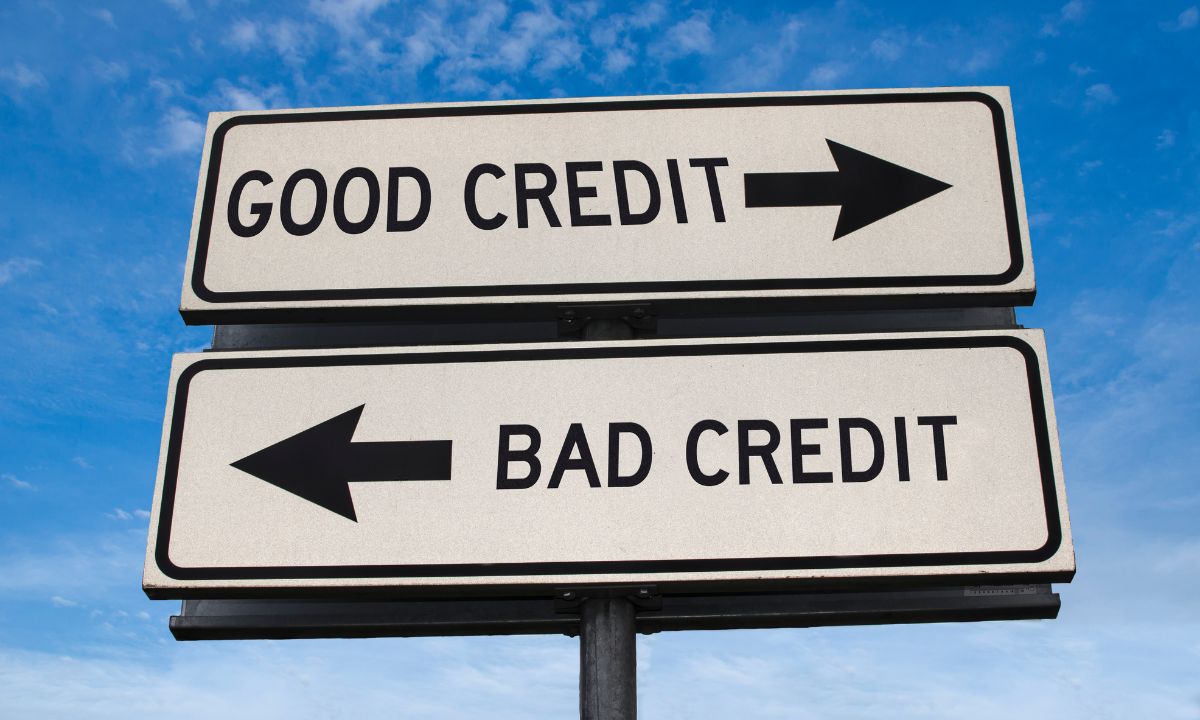Tips and Insights on Home Buying with Bad Credit
 When thinking about homeownership, a perfect credit score often seems like the golden ticket. But what if your credit history isn’t picture-perfect? Don’t worry; buying a home with bad credit is still within reach. With careful planning and strategic moves, you can turn your dream of homeownership into a reality. Here are some valuable tips and insights to guide you through the process:
When thinking about homeownership, a perfect credit score often seems like the golden ticket. But what if your credit history isn’t picture-perfect? Don’t worry; buying a home with bad credit is still within reach. With careful planning and strategic moves, you can turn your dream of homeownership into a reality. Here are some valuable tips and insights to guide you through the process:
1. Know Your Credit Score Inside Out
Before plunging into the homebuying journey, arm yourself with knowledge about your credit score. Request a copy of your credit report from all three major credit bureaus—Equifax, Experian, and TransUnion. Review these reports thoroughly to identify any errors or discrepancies that could be dragging your score down. Rectifying inaccuracies can give your credit score a significant boost.
2. Understand Your Options
Having bad credit doesn’t necessarily mean you’re out of options. Research various home loan programs tailored for individuals with less-than-perfect credit. FHA (Federal Housing Administration) loans, for instance, are accessible to borrowers with credit scores as low as 500 with a 10% down payment or 580 with a 3.5% down payment. Keep in mind that the FHA sets this limit, but individual lenders may require a higher score. Explore alternative lenders or credit unions that might offer more flexibility in lending criteria.
3. Build Up Your Savings
While a hefty down payment can mitigate the impact of bad credit, it’s not the only financial aspect to consider. Lenders often scrutinize your savings and assets to gauge your financial stability. Prioritize building up your savings to demonstrate your ability to handle homeownership responsibilities. Aim to have a healthy emergency fund in place to cover unexpected expenses post-purchase.
4. Consider a Co-Signer or Joint Application
If your credit score falls below the lender’s threshold, consider enlisting the help of a co-signer with a stronger credit profile. A co-signer essentially guarantees the loan and shares responsibility for repayment. Alternatively, explore joint applications with a spouse, partner, or family member to combine incomes and improve your overall financial standing in the eyes of lenders.
5. Improve Your Credit Score Before Applying
Patience can be a powerful tool in your homeownership journey. Take proactive steps to improve your credit score before applying for a mortgage. Pay down existing debts, make timely payments on all bills, and avoid opening new lines of credit. These actions demonstrate financial responsibility and can lead to a gradual increase in your credit score over time.
While bad credit may present challenges on the path to homeownership, it’s not an impossible obstacle. Armed with knowledge, determination, and strategic planning, you can navigate the homebuying process with confidence. Remember, the journey to owning your dream home may have its twists and turns, but with perseverance and the right approach, you can turn your homeownership dreams into reality. Give us a call today to see how we can help!

 Owning a home as a single mom might seem challenging, but it’s more achievable than you think. With the right resources, first-time homebuyer grants, and housing programs, you can turn the dream of homeownership into reality. Here’s what you need to know.
Owning a home as a single mom might seem challenging, but it’s more achievable than you think. With the right resources, first-time homebuyer grants, and housing programs, you can turn the dream of homeownership into reality. Here’s what you need to know. Transitioning from renting to homeownership is an exciting and significant milestone in anyone’s life. This journey, while thrilling, can also be filled with questions and uncertainties. I am here to guide you through this process, ensuring a smooth and successful transition working with your real estate agent. We will discuss the steps you need to take to move from being a renter to a proud homeowner.
Transitioning from renting to homeownership is an exciting and significant milestone in anyone’s life. This journey, while thrilling, can also be filled with questions and uncertainties. I am here to guide you through this process, ensuring a smooth and successful transition working with your real estate agent. We will discuss the steps you need to take to move from being a renter to a proud homeowner. Purchasing a home is a significant milestone, and traditional mortgages aren’t the only route to achieving this dream. For many homebuyers, especially those who may face challenges with conventional financing, exploring alternative financing options can be a game-changer. We will discuss three creative financing options: rent-to-own, lease-purchase agreements, and shared equity arrangements.
Purchasing a home is a significant milestone, and traditional mortgages aren’t the only route to achieving this dream. For many homebuyers, especially those who may face challenges with conventional financing, exploring alternative financing options can be a game-changer. We will discuss three creative financing options: rent-to-own, lease-purchase agreements, and shared equity arrangements. When you’re shopping for a condo, there’s a bit more on your plate than just the typical homebuying concerns like credit scores, interest rates, and loan programs. A crucial aspect is understanding the role of the Homeowners’ Association (HOA) and whether the condo is warrantable or non-warrantable. This distinction can significantly impact your mortgage process and future as a condo owner.
When you’re shopping for a condo, there’s a bit more on your plate than just the typical homebuying concerns like credit scores, interest rates, and loan programs. A crucial aspect is understanding the role of the Homeowners’ Association (HOA) and whether the condo is warrantable or non-warrantable. This distinction can significantly impact your mortgage process and future as a condo owner.